From microneedling pens to dermaplaning blades, more people are performing advanced skincare treatments in the comfort of home. While these tools can help reduce fine lines, fade acne scars, and improve overall skin texture, they also disrupt your skin barrier. That post-treatment redness? It’s a sign of inflammation and micro-wounding — your skin is asking for help.
Let’s explore how Rejuvaskin’s Skin Recovery Cream works to repair and soothe your skin after at-home microneedling, dermaplaning, and more.
Why At-Home Microneedling & Dermaplaning Can Leave Skin Vulnerable
Microneedling creates controlled micro-injuries that stimulate collagen and elastin production. But it also temporarily weakens your skin’s natural barrier, leading to transepidermal water loss (TEWL), redness, and potential exposure to environmental pathogens (Tehrani & Tashjian, 2025).
Dermaplaning, while gentler, also removes the outermost layer of dead skin — leaving your skin more exposed and sensitive to irritants.
Post-treatment symptoms may include:
-
Redness or flushing
-
Dehydration or tightness
-
Flaking or peeling
-
Sensitivity to skincare products
-
Increased TEWL (especially with deeper microneedling) (Sasaki, 2019)
The Healing Power of Rejuvaskin Skin Recovery Cream
Rejuvaskin’s Skin Recovery Cream is designed specifically to calm irritation, deeply hydrate, and support healing after cosmetic procedures. Whether you’ve just finished microneedling, laser therapy, dermaplaning, or a chemical peel — this formula helps your skin bounce back.
What Makes It Special?
-
Barrier-supporting ingredients like squalane, ceramides, and peptides
-
Soothing botanicals to reduce inflammation and redness
-
Lightweight but nourishing texture, ideal even for post-procedure use
-
Fragrance-free, dermatologist-tested, and safe for all skin types
How It Helps Skin Recover Faster from Micro-Wounds
Studies show microneedling increases skin permeability, triggering both collagen production and vulnerability (Sreeharsha & Gharsan, 2022). Without proper aftercare, this can delay healing or lead to complications.
Rejuvaskin’s Skin Recovery Cream:
-
Replenishes lost moisture and reduces TEWL post-treatment (Han et al., 2012)
-
Supports skin barrier function by restoring natural lipids and proteins like filaggrin and ceramides (Sakuraba et al., 2023)
-
Soothes inflammation and supports wound closure with healing peptides and hydration support
Clinical studies confirm the skin barrier typically recovers within 72 hours post microneedling — but hydration and support during this window are essential (Han et al., 2012).
Best Practices for At-Home Microneedling and Dermaplaning Recovery
1. Cleanse gently with a non-stripping formula
2. Apply Rejuvaskin Skin Recovery Cream immediately after treatment
3. Avoid actives (like retinoids, AHAs, or vitamin C) for 24–72 hours
4. Use sunscreen daily to prevent UV-related damage on vulnerable skin
5. Hydrate internally (drink water!) and externally with barrier-repair moisturizers
Real Results, Real Comfort
Microneedling and dermaplaning are powerful tools in your skincare routine — but your results depend on how well you treat your skin after the treatment.
With Rejuvaskin’s Skin Recovery Cream, you’re not just protecting your skin — you’re optimizing your results.
Works Cited
-
Han, T., Park, K., Ahn, J., Kim, S. W., Jung, H., & Kim, B. (2012). Facial skin barrier function recovery after microneedle transdermal delivery treatment. Dermatologic Surgery, 38, 1816–1822. Link
-
Sasaki, G. H. (2019). The significance of transepidermal water loss after microneedling and microneedling-radiofrequency procedures. Aesthetic Surgery Journal. Open Forum, 1. Link
-
Sakuraba, K., Kojima, Y., Terahara, T., Kuma, H., & Tokudome, Y. (2023). Non-invasive microneedle application increases ceramide and natural moisturizing factors in a reconstructed human skin model. Biological & Pharmaceutical Bulletin. Link
-
Tehrani, S. & Tashjian, H. (2025). Physiological mechanisms and therapeutic applications of microneedling. Cureus, 17. Link
-
Sreeharsha, N., & Al Gharsan, M. (2022). Therapeutics of microneedling for skin repair. Asian Journal of Research in Pharmaceutical Sciences. Link
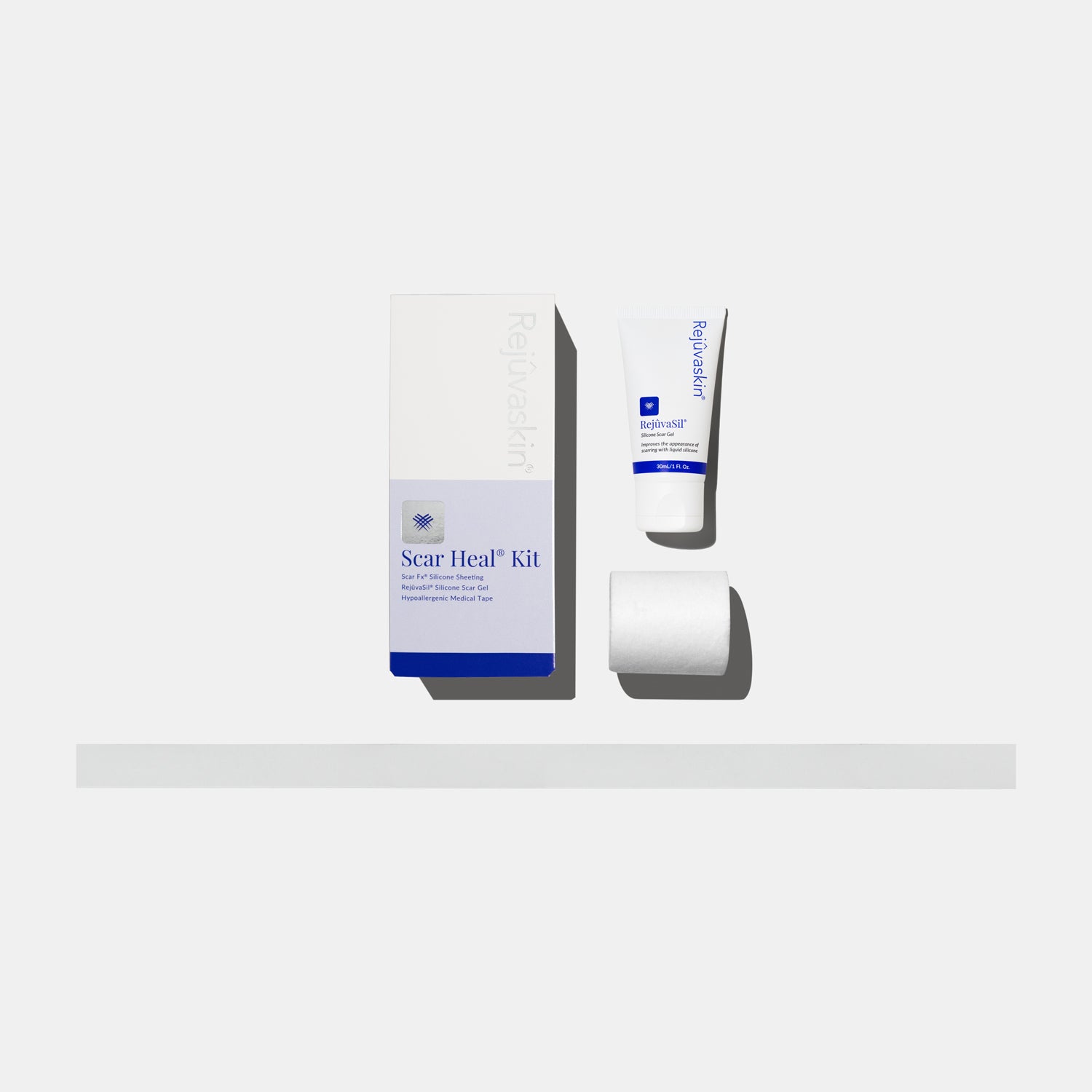


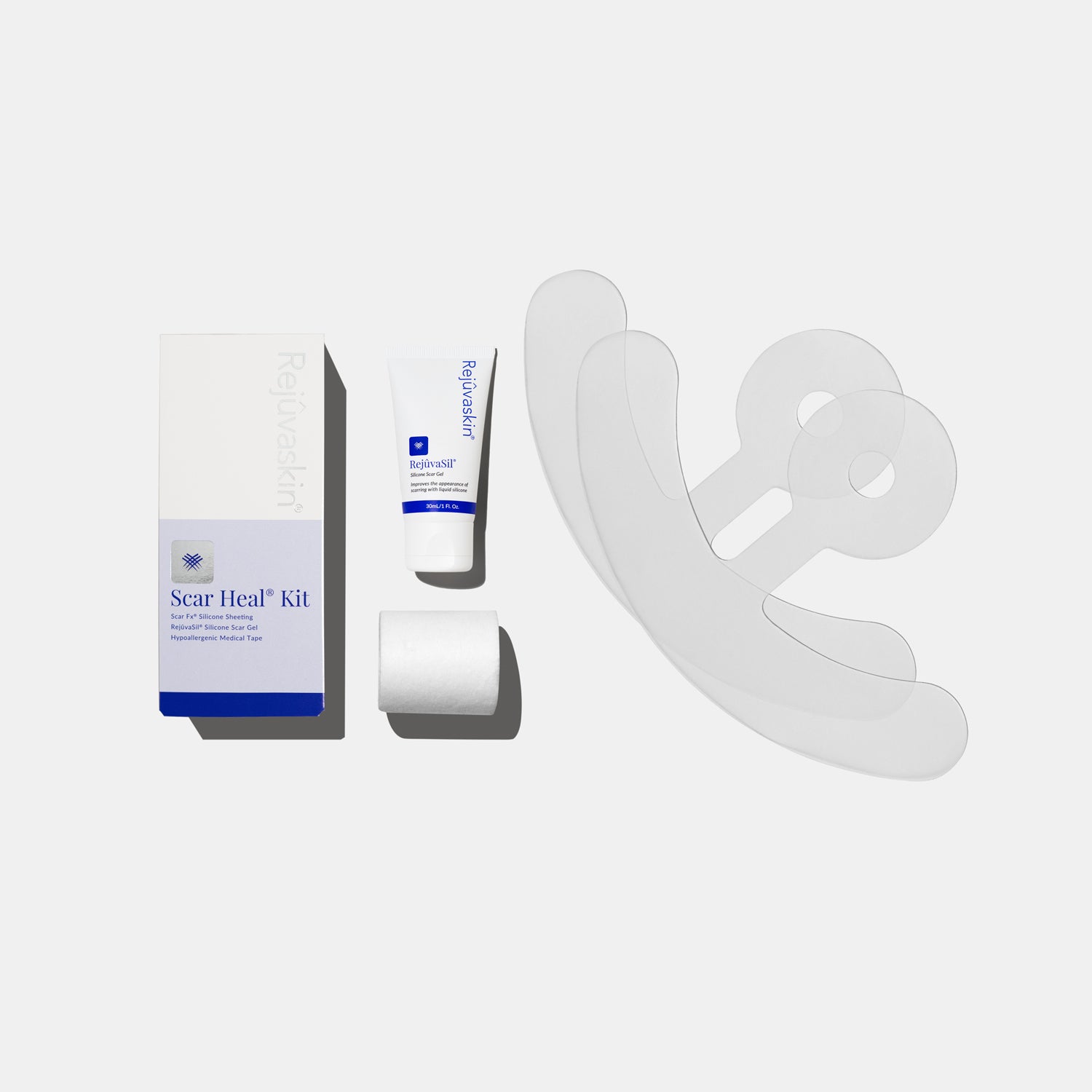
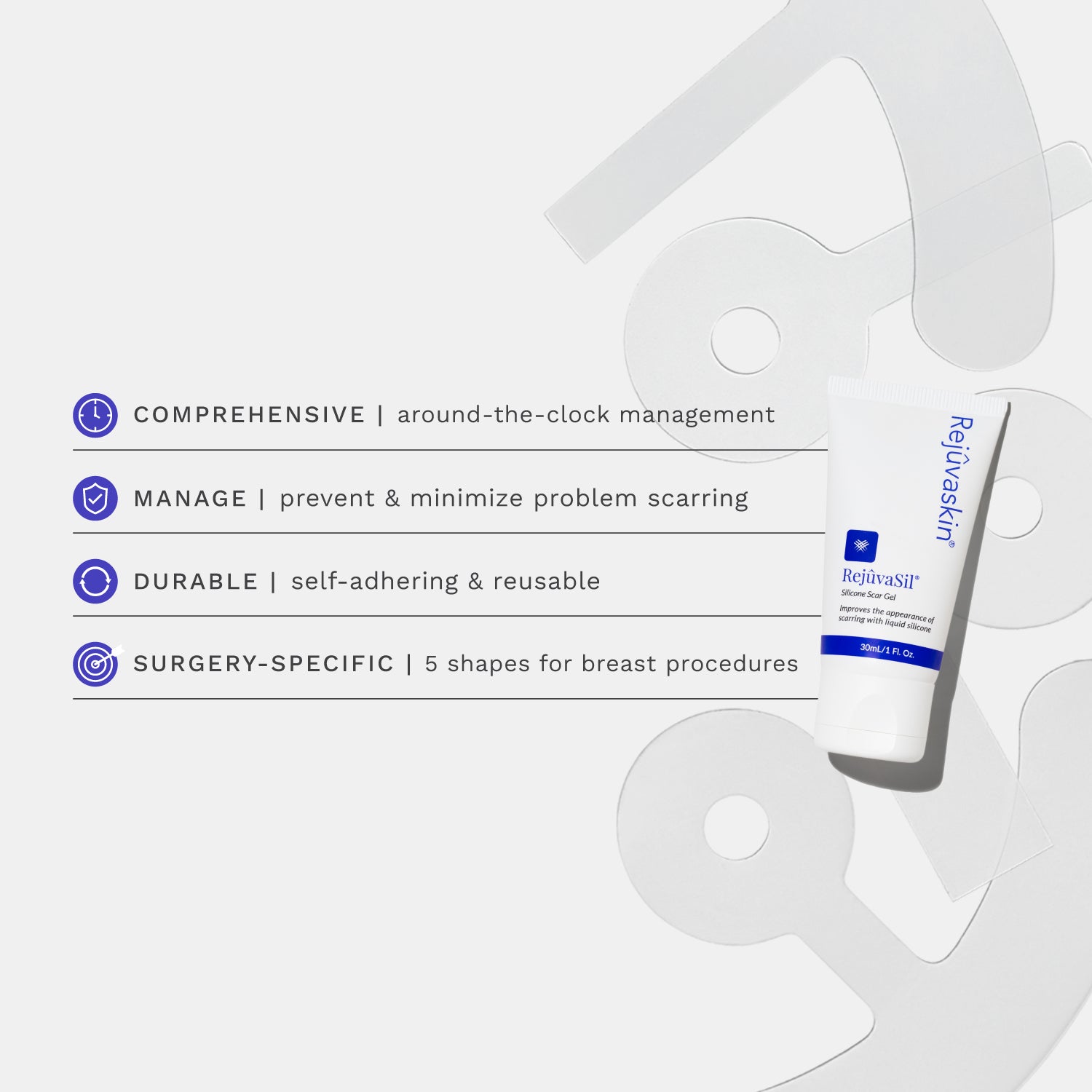
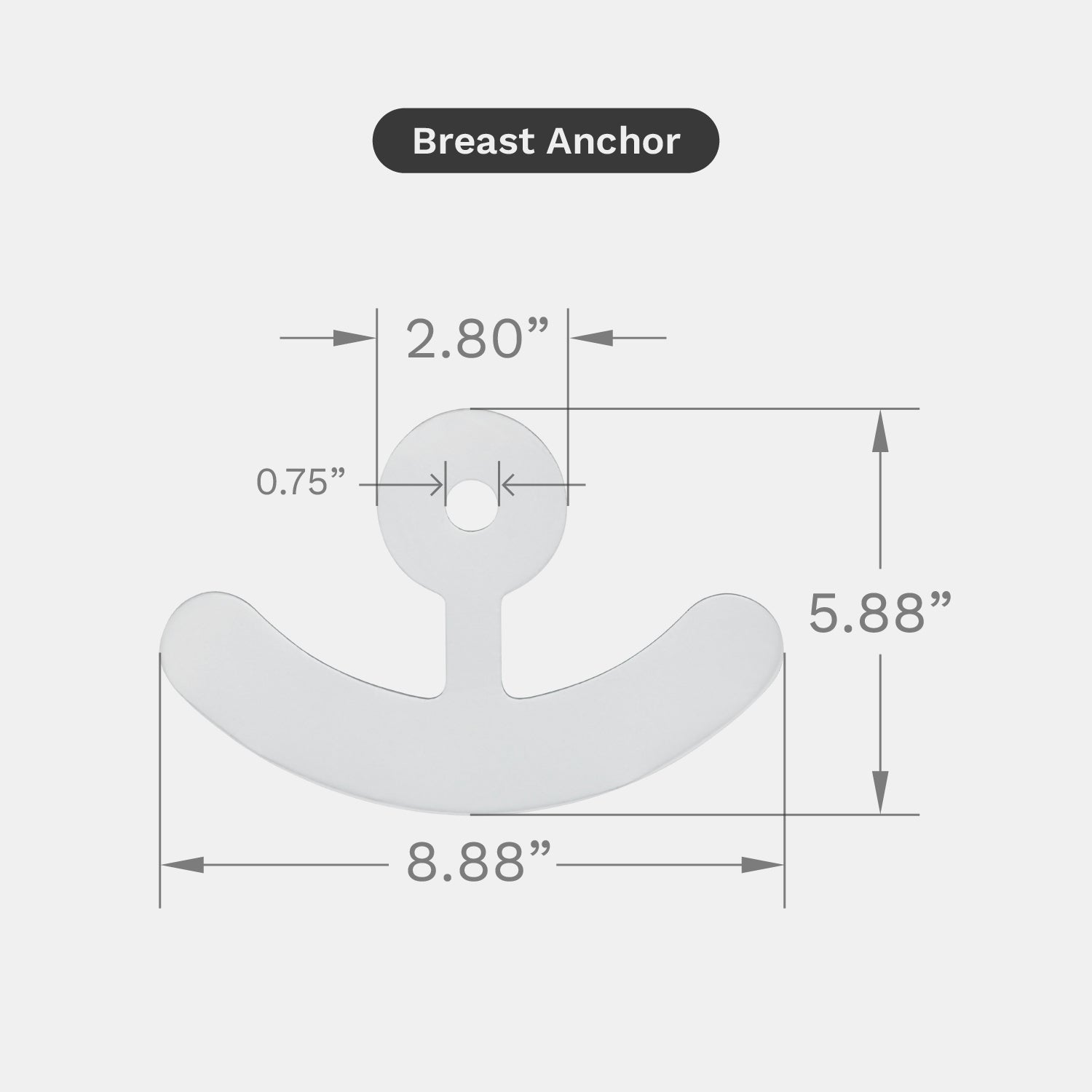
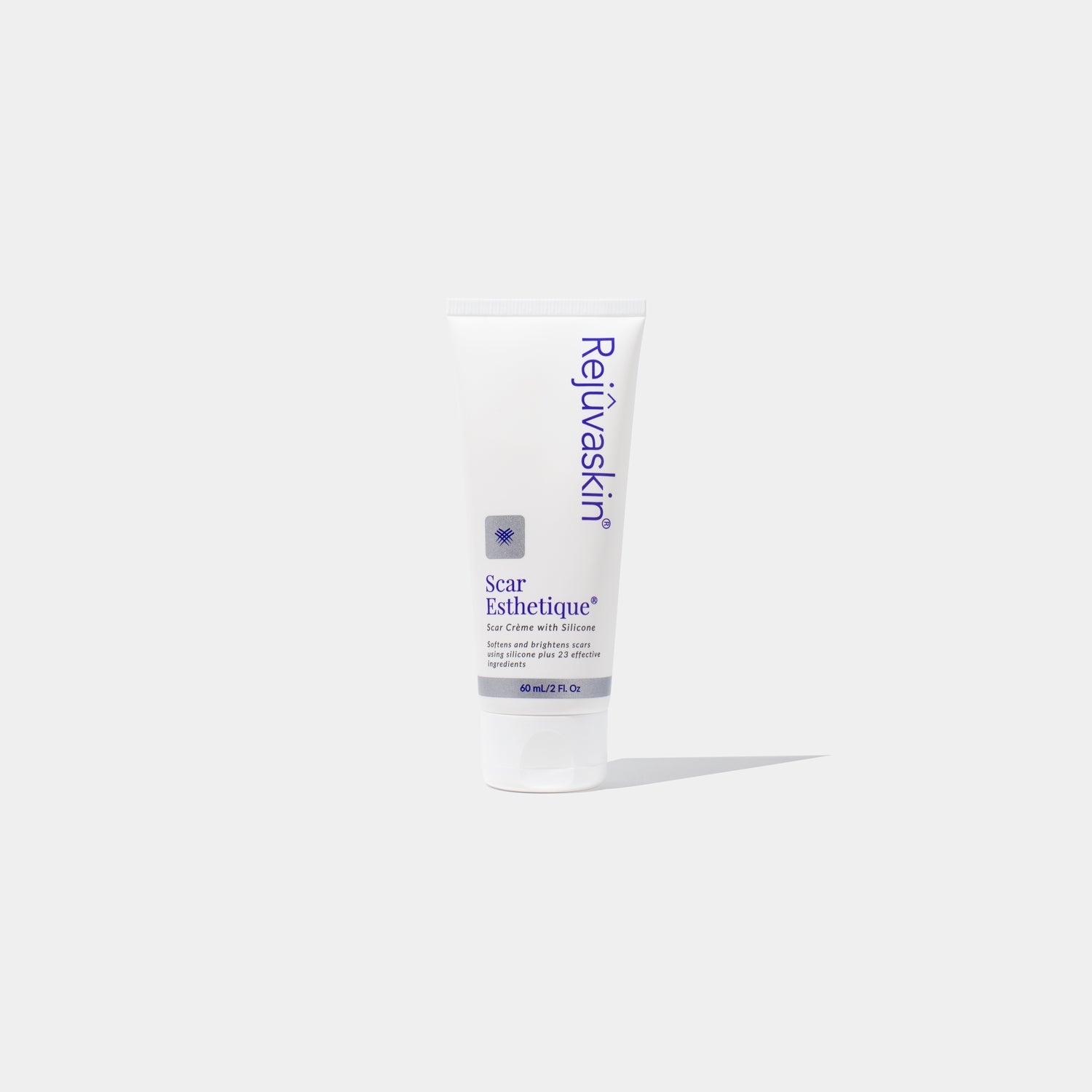
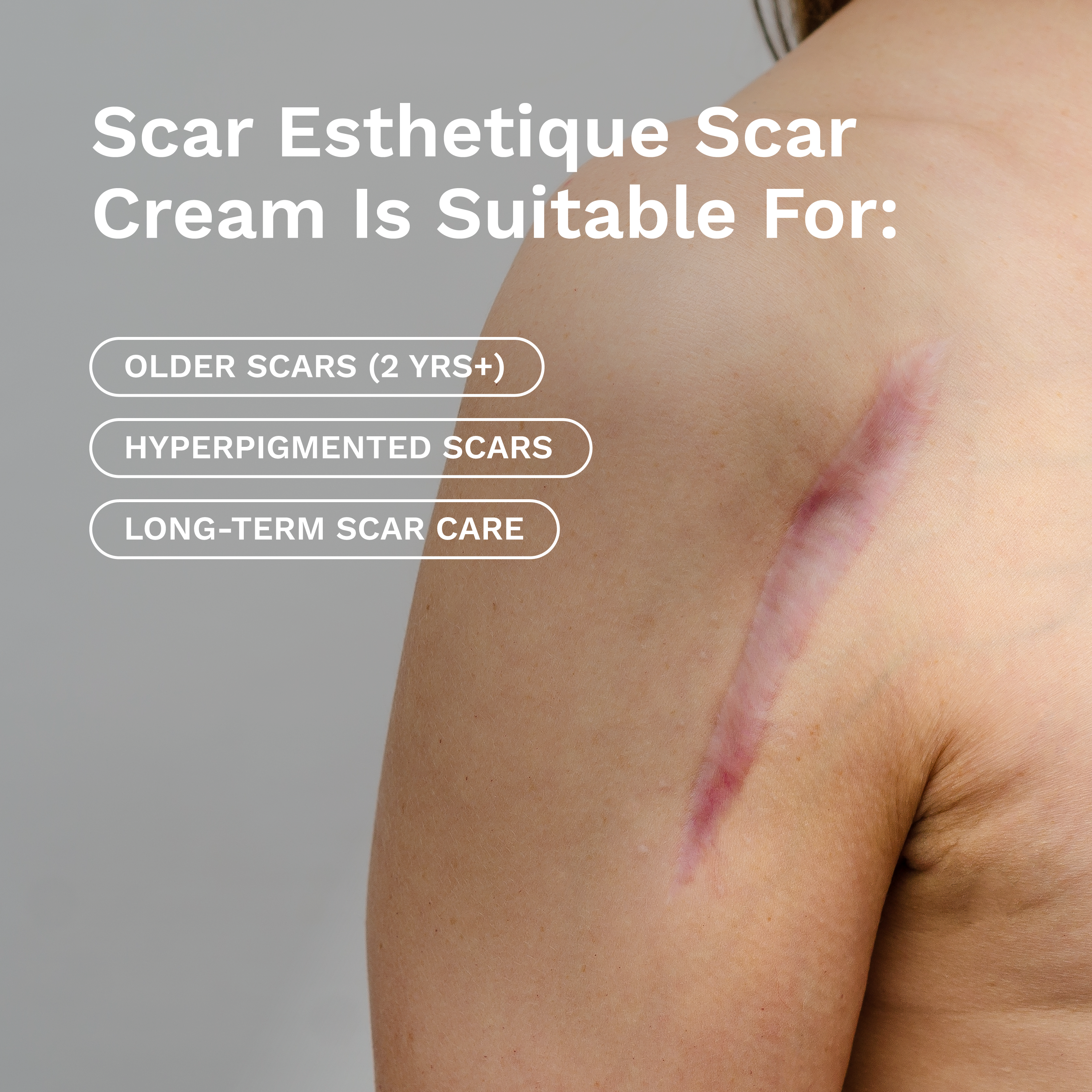








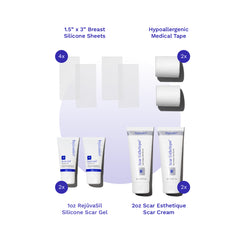
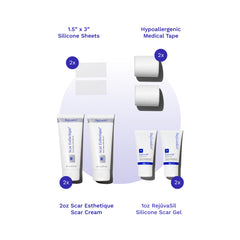

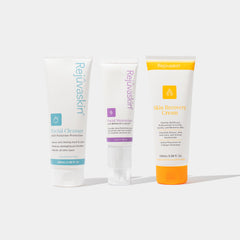
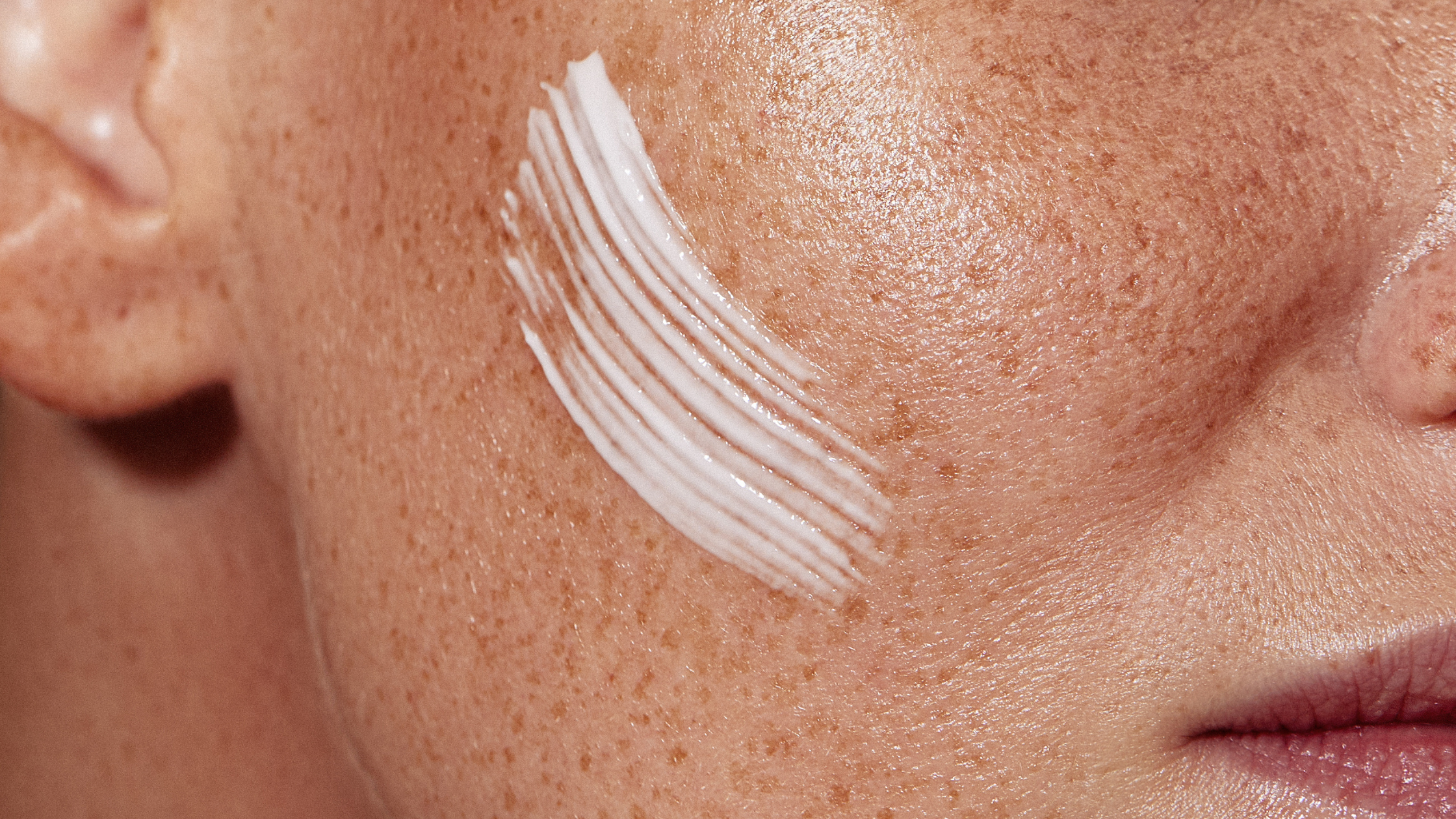
Leave a comment